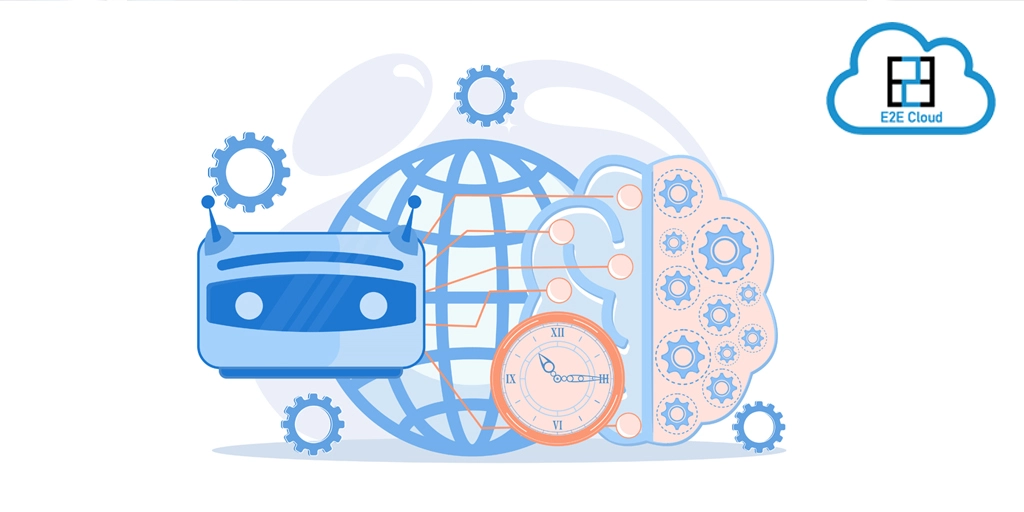Shifting from the IT workload to a public cloud can be a big decision for many IT firms and it may directly impact the way your organization works. It is therefore crucial to properly strategize the way in which you are going to make the transition. Since, there will come times when you need to take decisions with utmost sincerity keeping in mind all the considerations that are going to impact your journey. Moving to the cloud is undoubtedly a good decision, but it may definitely not be as easy as fascinating it sounds like. One wrong decision can cost you a hefty amount be it of time or money or rather both.
The main questions that come to our minds when we think of switching to the cloud are: Which cloud service provider would be the best match for our business? What will be the total cost of this migration and how to calculate that? How to ensure security while one is in the transition period? There are many such questions that one has before shifting to a fully cloud-based model. In this article, we are going to discuss the top key considerations to keep in mind while one is going to migrate to the cloud.
1. Infrastructure
You'll require the full execution stack, which comprises servers, systems, networking, storage, and operating systems for all your demands related to IT. Is the cloud migration provider using the same operating system as yours? Is it possible to make it operate in the cloud with only minor changes to the application code? Is the cloud system capable of running your programmes? All of these considerations must be made before moving to the cloud.
2. Analysis of Cloud Burden
Some datacenter workloads won’t be suitable for cloud migration. Is the cloud feasible for you to improve your performance? Are you able to do it with less?
If your application is placed in a public cloud, will it fulfil regulatory requirements? How will the infrastructure of the cloud handle compliance and other concerns if this is not the case? All these things are important to consider while choosing a cloud.
3. Protection of Cloud Data
Data protection would be different if you choose cloud rather than on-premises systems. You must choose a suitable catastrophe recovery plan. Is there a cloud backup solution that allows you to restore the files in your system? What is the cost of setting up a backup location in terms of both time and money? These questions are important for your business’s security.
4. Cloud Service Accessibility
You'll be able to increase service accessibility by moving to the cloud, but how? You'll need to know where the servers of your IaaS provider are situated. How many PoPs(points of presence) do you have to connect your customers? What are the various methods to structure those points of contact?
Examine the SLA package to verify whether it satisfies your minimum requirements. It's critical to look into your IaaS’s availability. What is their MTBF guarantee? What is the state of their total availability?
5. Security & Compliance
The infrastructure of the cloud must be safe and secure. Users' accounts must be maintained distinct from one another. What are the offered guarantees that the supplier provides for the security and compliance of sensitive data? What influence over the security feature set will be given to you?
The government regulates or certifies several sectors and marketplaces for ensuring that they follow industry standards. In exceptional cases, some workloads will be prevented from being hosted in the cloud. In general, though, when it comes to enforcing and ensuring compliance, you'll need to be diligent.
6. Bonus Point: Support & Ecosystem
Is your cloud IT environment equipped with a self-service client portal? Is it possible to modify the system's notifications so that you are notified when anything needs attention? What is the troubleshooting procedure? What are the different sorts of reports that are accepted? Is the IaaS supplier providing enough support and training?
Proactive community of partners that can provide you with advice from experienced and skilled professionals. If you want to install cloud-optimized restoration and retrieval services, you'll find the top suppliers in the provider's partner network. The knowledge of the community that you are partnering with is generally superior to the in-house services as they frequently focus their efforts on one or a few key topics. As you take the decision to go to a cloud-based system, you should investigate this element carefully.
Final Thoughts
We believe we've covered all of the key factors to consider when we consider a public cloud migration. Other problems might be there to consider in each situation, but generally, a successful transition to the cloud would need careful planning and lengthy thought. E2E Cloud provides you with the best-in-class performance
.png)









